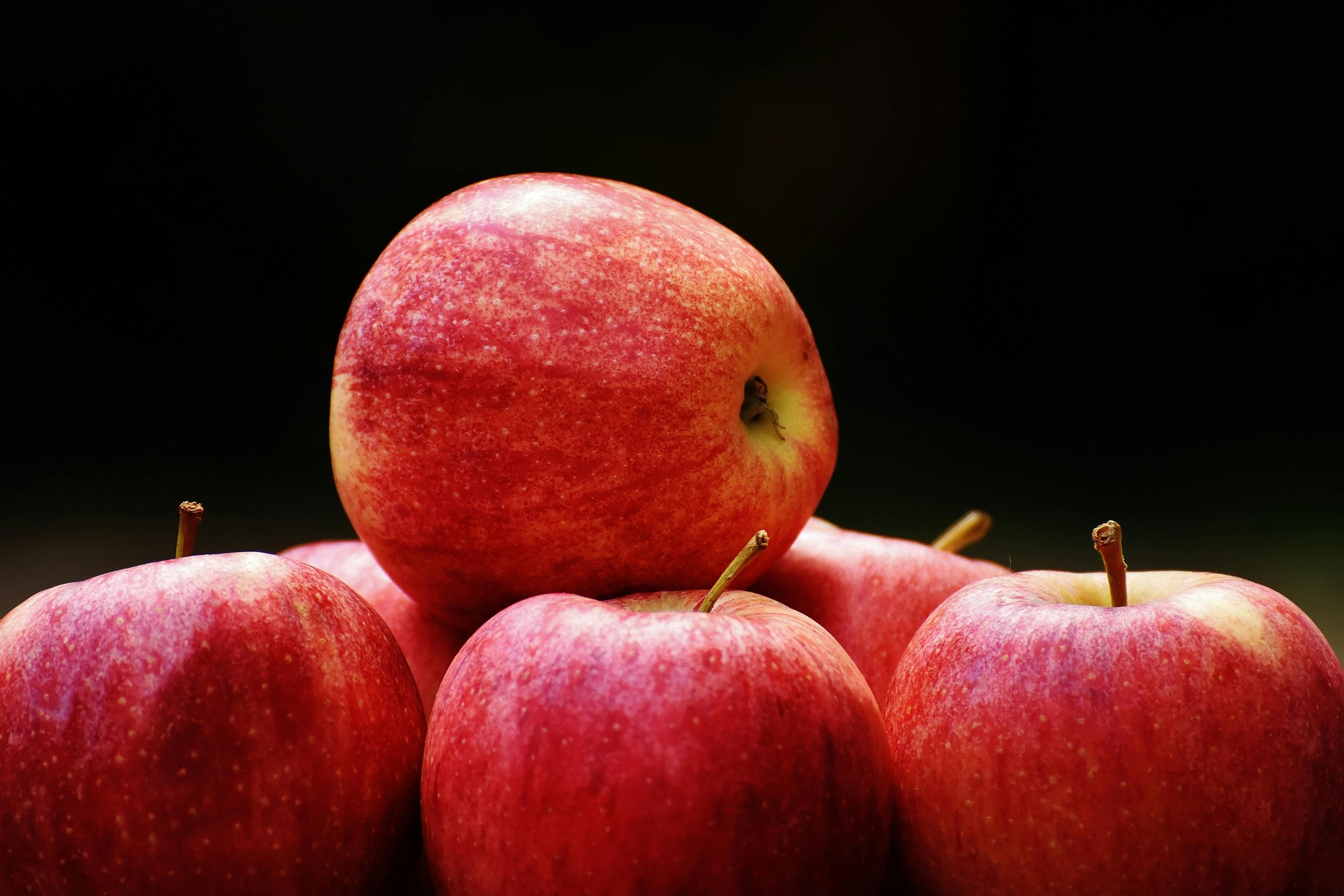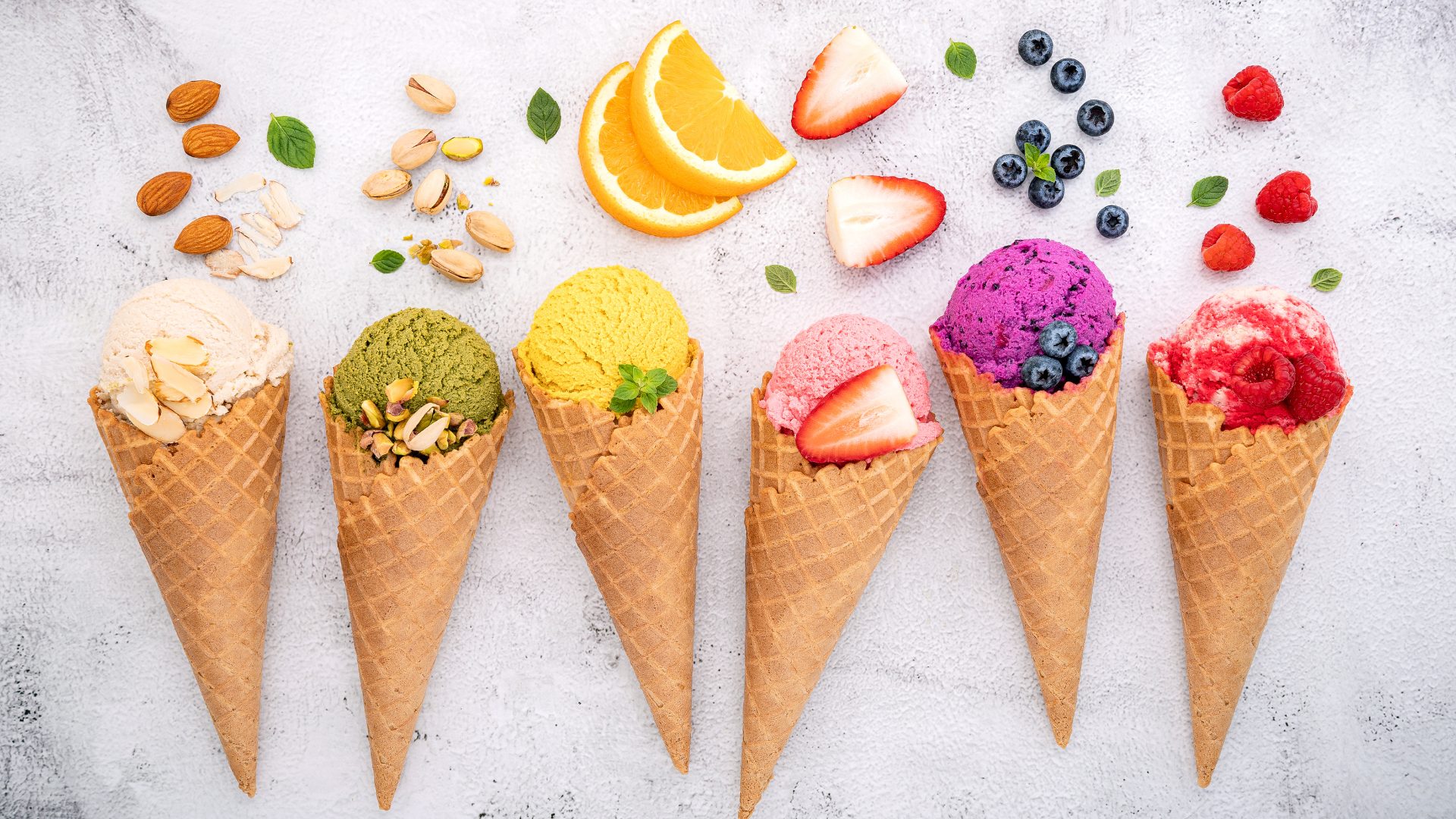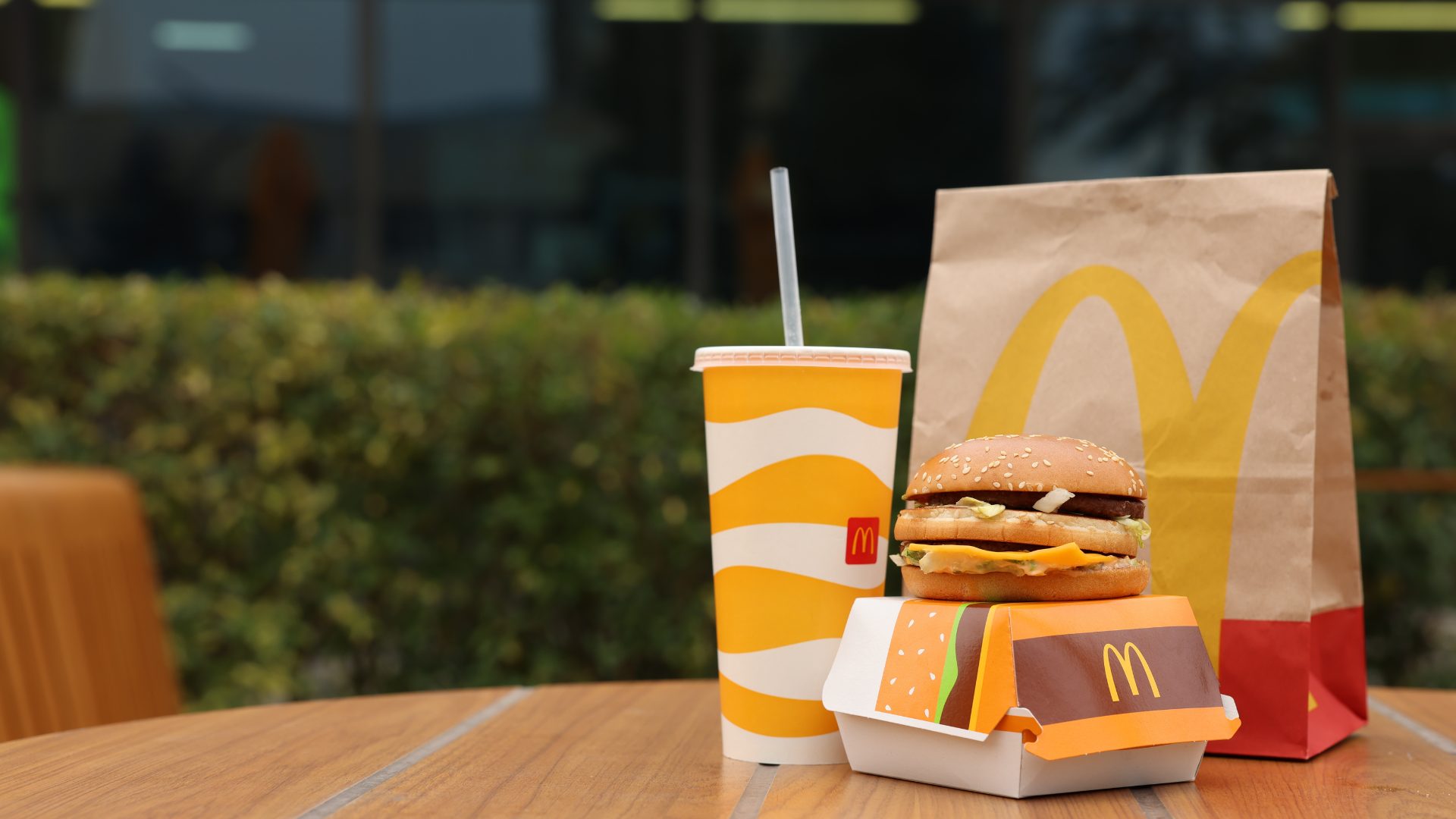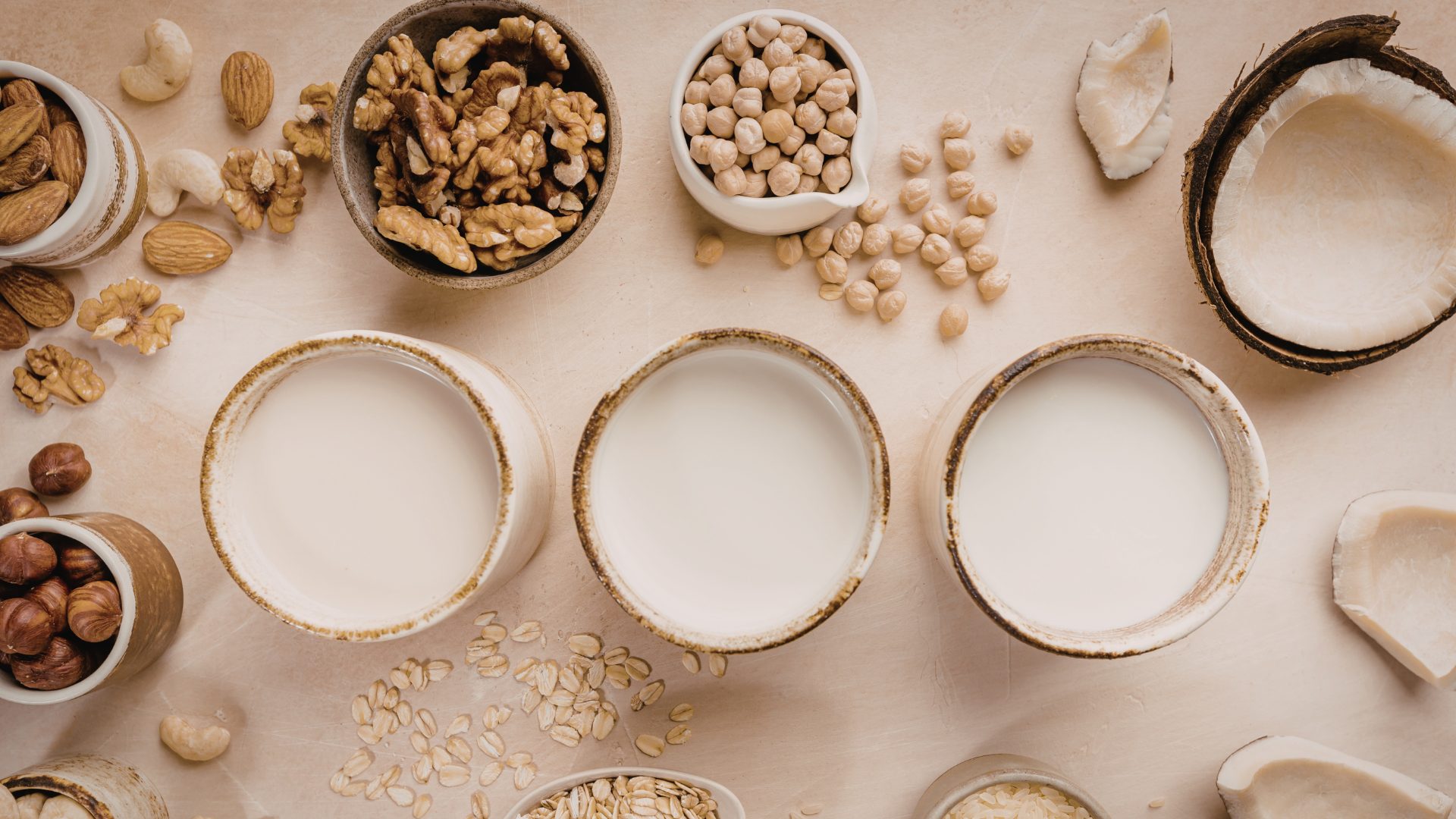Honeycrisp apples have never been cheap exactly, but this summer’s price tags are particularly startling.
Retail prices climbed from about $0.61 per pound last year to nearly $1.59 per pound by mid-2025 as weather-driven supply cuts, limited imports, and rising production costs created a perfect storm.
Marty Bauer, e-commerce expert at Omnisend, told FI that the escalation goes beyond general inflation.
“Fewer apples are being grown in the U.S., plus there are limited imports and rising costs to produce and ship them,” Bauer said, highlighting similar pressures across other hand-picked commodities, as well as tariffs and freight expenses, which have inflated shelf prices too.
Supply Shortfalls and Rising Costs
Much of the spike has been attributed to a sharp decline in the 2024 Honeycrisp crop, as Stemilt Growers’ marketing director Brianna Shales told Fresh Fruit Portal that 2023’s bumper harvest was followed by a considerably smaller crop in 2024.
Washington state – which accounts for about two-thirds of U.S. apple production – saw Honeycrisp volumes fall roughly 32% year over year, while Midwestern holdings dropped nearly 40%.
With national supplies tightening and demand unwavering, prices jumped despite limited promotions.
To add insult to injury, Honeycrisp apples bruise easily, which means they must be picked by hand and carefully stored, making them costly to produce and distribute. And labor costs further exacerbate these challenges – a phenomenon reflected in the 127% rise in wage rates under the H-2A program over the past decade, according to the Northwest Horticultural Council.
According to Circana data, scarcity has reshaped sales, as dollar sales for the overall apple category grew about 2% in 2024, while unit sales rose nearly 1%. However, Honeycrisp sales and units plunged roughly 70%.
With fewer Honeycrisps on shelves, the average price per unit edged up to about $6.87, versus $6.74 the prior year; the broader apple category averaged about $3.88 per unit.
Per-capita apple consumption has fallen to around 16.5 pounds, which suggests that some shoppers are either cutting back or turning to other fruits.
Retailer and Supplier Strategies
Many retailers are responding by spotlighting other apple varieties. Case in point, Shales said Stemilt shifted summer promotions toward newer varietals like Cosmic Crisp and Pink Lady.
According to industry reports, Cosmic Crisp volumes jumped about 70% compared to last season and now account for roughly 4.5% of category volume and dollars, up from about 3.5%, suggesting that the tight Honeycrisp supply – down 32% year over year – is opening up extra shelf space for these varieties.
Price-sensitive consumers are also moving to private-label and frozen alternatives. Grocery prices are about 30% higher than in 2019, prompting households to seek value options.
Private-label dollar sales have risen 4.4% this year and now account for around 21% of F&B dollar share.
Unit sales of frozen fruits and vegetables have grown 2.7% as shoppers look to reduce spoilage and stretch their budgets.
Bauer notes that grocers are turning to private-label and frozen products for margin control and are promoting in-season fruits like stone fruit or melons as alternatives to expensive imports.
Despite these challenges, there are signs that the Honeycrisp supply crunch could ease later this year. For one, Shales expects the 2025 Honeycrisp crop to be larger, which could temper retail prices, although high labor costs and possible trade frictions remain.
Farm Credit East warns that tariffs on Chinese apple juice and other products could also push prices higher, while the Northwest Horticultural Council contends that labor expenses are the bigger threat.
Until the new crop arrives, consumers will likely continue to embrace other apple varieties or turn to frozen and private-label options.
The Food Institute Podcast
It’s a big world out there – what trends are percolating on the global scene? JP Hartmann, director of Anuga, joined The Food Institute Podcast to discuss the intersection of U.S. and international trends and how the Anuga show is one not to miss.












